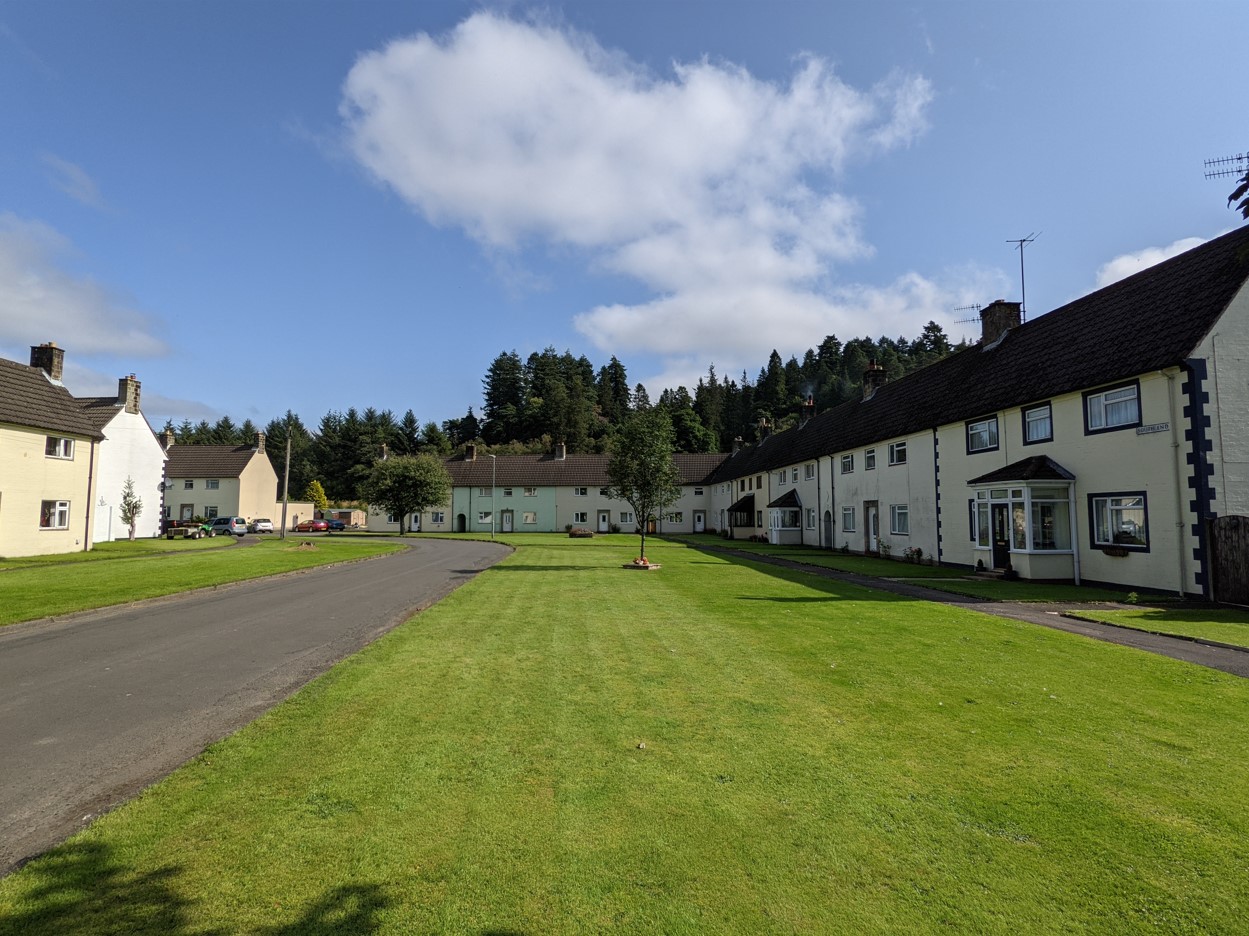FUNDING WORKSHOP - Thursday 6 February - Deptford Lounge
Deptford Challenge Trust Small Grants Fund 2014
If you are a Deptford or Lewisham-based voluntary group, charity, not-for-profit organisation or social enterprise and are looking for funding to do a project within the Deptford community, please come along to this workshop to find out more about the fund. The fund is aimed at addressing: crime & anti-social behaviour, provision for older people, unemployment, healthy lifestyles and provision for young people. There will be a chance to discuss your project and gain advice on completing your application.
You can apply for up to £5,000 for up to 1 year, and further information is available on The London Community Foundation’s website:
If you are a Deptford or Lewisham-based voluntary group, charity, not-for-profit organisation or social enterprise and are looking for funding to do a project within the Deptford community, please come along to this workshop to find out more about the fund. The fund is aimed at addressing: crime & anti-social behaviour, provision for older people, unemployment, healthy lifestyles and provision for young people. There will be a chance to discuss your project and gain advice on completing your application.
You can apply for up to £5,000 for up to 1 year, and further information is available on The London Community Foundation’s website:
http://www.londoncf.org.uk/grants/available-grants/overview.aspx
Date: Thu 6th Feb 2014
Time: 6.30pm-8pm
Venue: Deptford Lounge, 9 Giffin Street London SE8 4RJ, Room 4
Please contact Donna Yay at The London Community Foundation on 020 7582 5117 or donna@londoncf.org.uk for more information.
Date: Thu 6th Feb 2014
Time: 6.30pm-8pm
Venue: Deptford Lounge, 9 Giffin Street London SE8 4RJ, Room 4
Please contact Donna Yay at The London Community Foundation on 020 7582 5117 or donna@londoncf.org.uk for more information.
Donna Yay / Programme and Relationships Manager
The London Community Foundation
Unit 7 Piano House
9 Brighton Terrace
London
SW9 8DJ
Main office telephone 0207 582 5117
Fax 0207 582 4020
www.londoncf.org.uk
Registered Charity 1091263 | Company Number 4383269


















